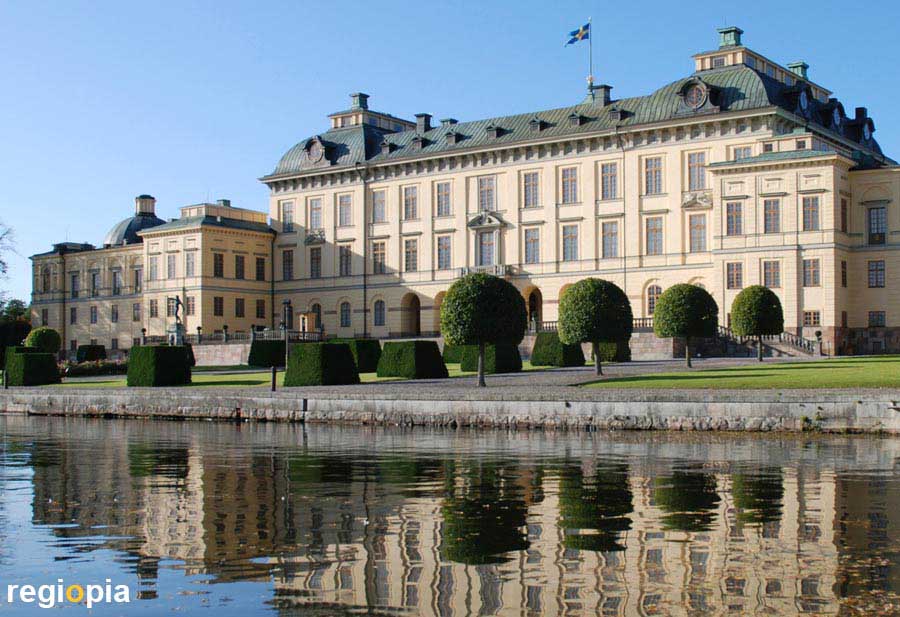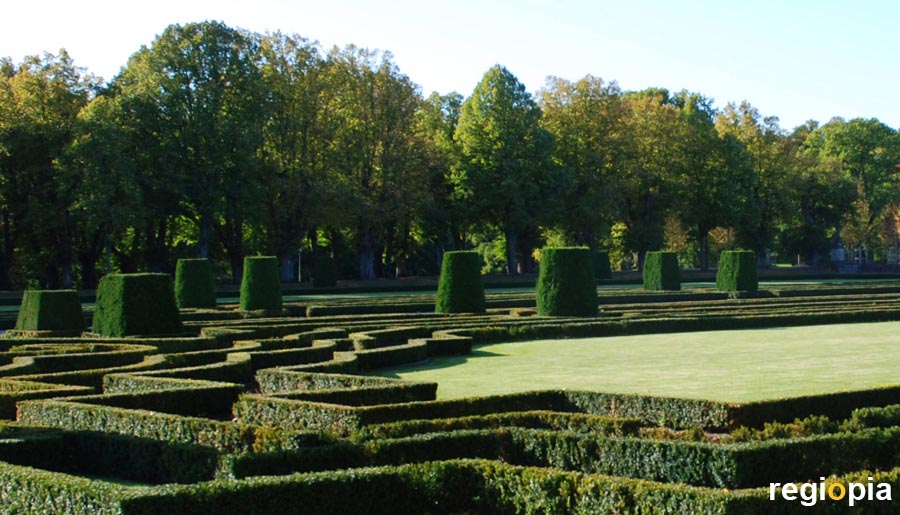
Drottningholm Palace
The beautiful Drottningholm Palace is located on the western outskirts of Stockholm and is the official residence of the Royal Family. The name Drottnigholm means Queen Island. The derived from a small castle that was built for Katarzyna Jagiellonka (Catherine of Poland and Queen of Sweden). The Drottningholm Slottet, as it is called in Swedish, was built by Hedwid Eleonora from Schleswig-Hollstein-Gottorp. After the death of her husband King Charles X Gustav between 1660 and 1715 she was Queen of Sweden. In 1661 she commissioned Nicodemus Tessin with the design of a new castle. Around 1685 Drottningholm Palace was built by his son Nicodemus Tessin junior completed in baroque style.
Drottningholm Palace consists of a central building with two U-shaped outbuildings, each forming an inner courtyard together with the main building. The outbuildings are lower, but stand in front of the main facade of the palace. There are two round towers on the sides of the outbuildings. The roofs are all covered with copper. Sweden was by then the largest copper producer in the world. One side of the palace faces the lake Mälaren, the other a baroque garden behind the palace. Hence Drottningholm is also called the Versailles of Sweden.
Drottningholm Palace was declared a World Heritage Site by UNESCO, but not because of the palace, but because of two other buildings that are located in the park.
The Drottningholms Slottsteater is one of the best preserved baroque theaters in Europe with original stage sets and stage machinery. The early classicist building by architect Carl Fredrik Adelcrantz was opened in 1766 and is located north of the palace. The same architect also designed the second UNESCO building in the southern part of the park, the Kina Slott. The Chinese castle is an exotic Rococo building that no Chinese would ever call Chinese. It is a typical European building with Chinese decorations.

Schlossgarten Drottningholm
The castle park of Drottningholm consists of three parts, an English landscape garden with small watercourses in the north, a baroque garden in the middle and a forest in the south. The French baroque garden refers to the castle and stands on its axis. It was built together with the palace around 1700, making it the oldest part of the park. In the south, where the Chinese castle is located, there is a mixture of baroque and landscape gardens. Avenues lead through the park as a visual axis, which otherwise has a natural impression. This area was created around 1760. The large landscaped garden based on the English model was created around 1770 as the last part of the palace garden.
Since Drottningholm Palace is still the residence of the royal family, the garden is also used by the royals. Then this part is blocked for visitors.
How to get there
By underground (Tunnelbanan) to Brommaplan station. Several bus lines run from here to the castle, which is around 3 kilometers away.
Map Stockholm
ads
Stockholm vicinity
ads


